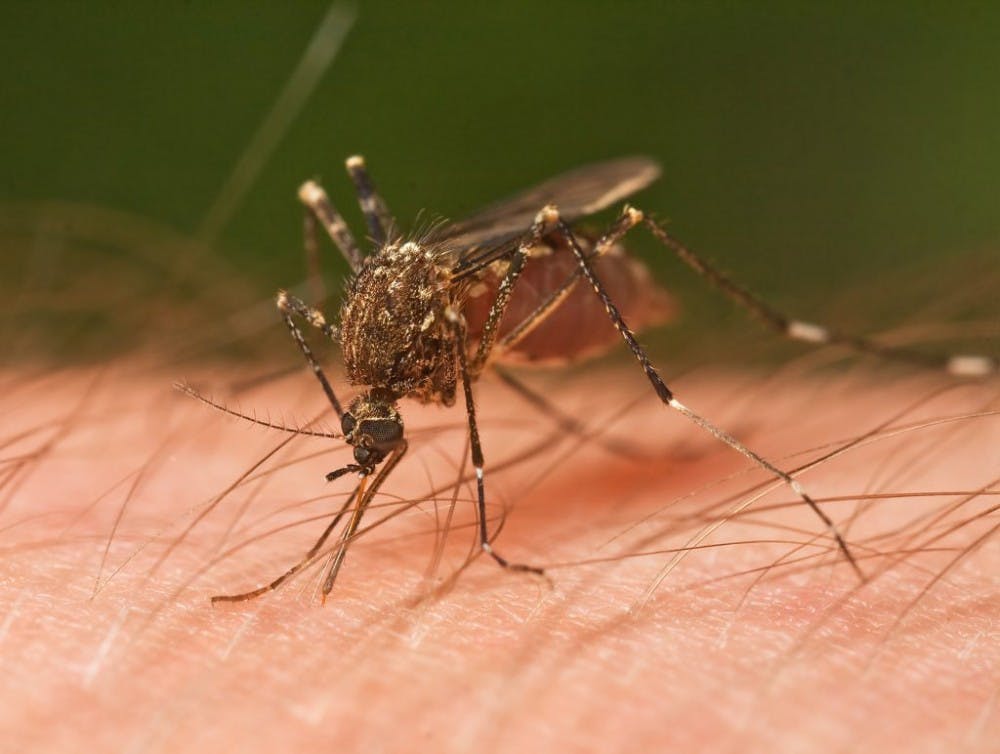According to a recent study, women who stay in the home are more likely to be infected with mosquito-borne diseases than their male counterparts who do not stay home.
This study, led by Johns Hopkins University postdoctoral fellow Henrik Salje, explored the different factors that shape the spread of infectious diseases. Using the mosquito-borne virus chikungunya as a case study, Salje and his team of researchers found that outbreaks of chikungunya in Bangladesh occur mostly in or near the home. Since women are generally more likely to stay at home compared to men, Salje’s team found that women are significantly more likely to suffer from the infection.
Mosquitos are considered the most dangerous of all disease-transmitting insects, spreading illnesses such as malaria, yellow fever, dengue, chikungunya, Zika fever and more. Mosquito-borne diseases cause hundreds of millions of infections and several million deaths worldwide every year. Therefore, it is not a surprise that a multitude of extensive studies have been conducted to investigate disease transmission and determine how best to control, treat and prevent mosquito-borne illnesses.
Most, if not all of these studies tended to concentrate on those who became infected with the disease, neglecting those who were not infected. Most prior studies also focused on the impact of smaller social settings, such as households or schools, on the spread of disease. The bigger picture, consisting of the effects of the broader environment, for example of a neighborhood or village, on transmission have been largely ignored.
Salje and his team tried a different approach. They aimed to study both the people who were sick and those who avoided the illness. In addition to covering the bases of previous studies, Salje’s group investigated the effects of the wider environment on disease transmission. This allowed them to determine from all possible factors the ones that may impact who comes down with a disease and who gets through the outbreak unharmed.
The researchers began their investigation in Palpara, a village in Bangladesh. They visited each of the 460 households in the village and interviewed 1,933 people total. Eighteen percent of them reported having chikungunya-consistent symptoms such as fever, joint pain, headache, nausea and rash within a period of six months.
Oddly, more than a quarter of these cases spread within households. Half of them happened in houses less than 200 meters apart, despite the fact that chikungunya is transmitted via mosquitoes and never by close contact between human beings.
The researchers then turned to investigate the broader environment. They learned that women in Bangladesh spend 66 percent of daytime hours at home while their male counterparts spend only 45 percent. They also knew that the Aedes mosquitoes responsible for spreading chikungunya only bite during the daytime and that the mosquitoes infected with the virus tended not to travel far. With this knowledge, they reached a conclusion.
“It appears that mosquitoes are very lazy,” Salje said in a press release. “They bite someone in a household and get infected with a virus and then hang around to bite someone else in the same home or very nearby. The extra time women spend in and around their home means they are at increased risk of getting sick.”
The conclusion Salje and his researchers reached is an important step in understanding the transmission of mosquito-borne diseases. These results can potentially help health officials fight the chikungunya virus as well as Zika, dengue and yellow fevers, all spread by the same type of mosquito.
Unfortunately there are no vaccines for these viruses, especially in developing countries where the people are most vulnerable and treatment is poor. Once a reliable method is developed for fighting these diseases, the findings of Salje’s team can allow scientists to bring treatment to the people at greatest risk, those who spend the most time at home.





